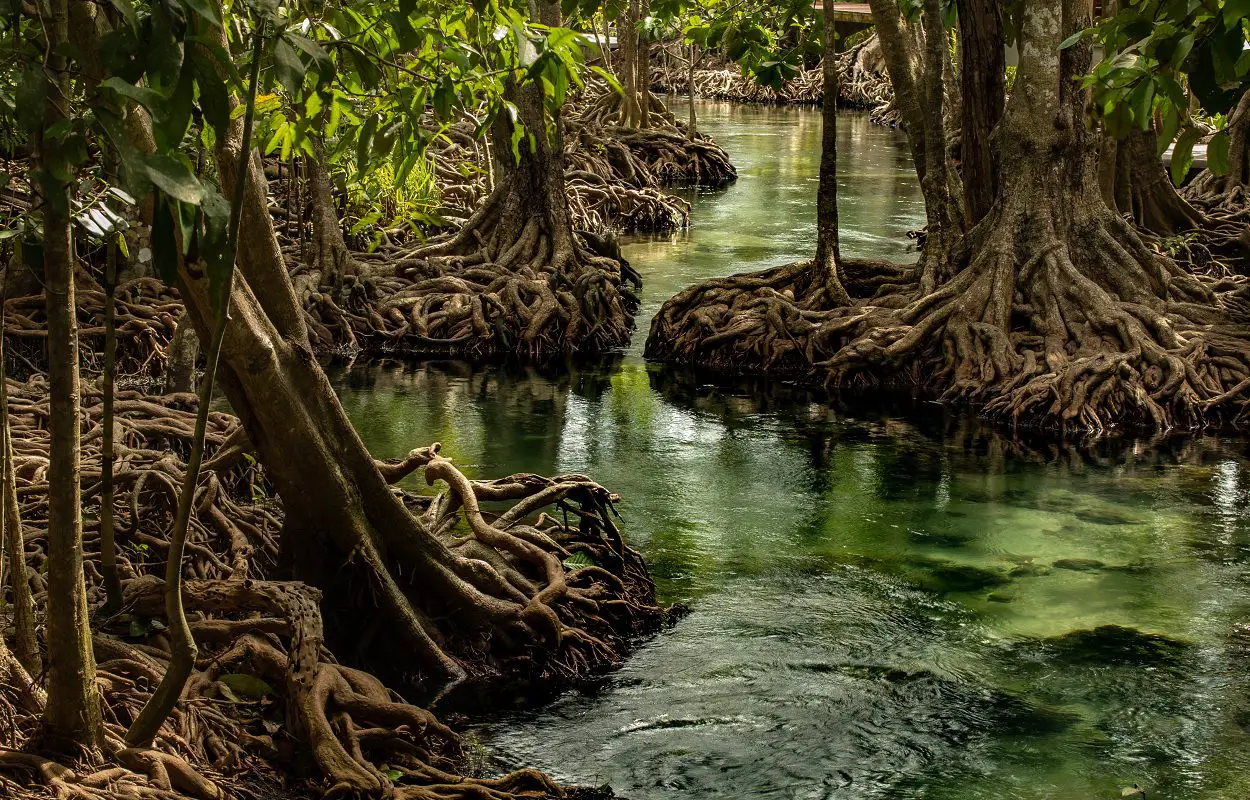A lost world in Mexico has offered scientists a glimpse of the planet before the last Ice Age.
Scientists have identified a mangrove forest located on the San Pedro Martir River, which is the last remnant of an ancient ecosystem dating back 110,000 years ago.
A mangrove is a shrub or tree that grows in coastal saline or brackish water, first appearing during the Late Cretaceous to Paleocene epochs, and became widely distributed in part due to the movement of tectonic plates.
The San Pedro Martir mangrove forest was once on the shores of a vast ocean where the temperature was much warmer, but is now situated more than 170 kilometres inland due to climatic changes in sea levels. The forest offers a snapshot of the ancient past, allowing scientists to understand how environments adapted to changing sea levels as the global climate changed.
Dr Octavio Aburto-Oropeza told the Natural History Museum (London): “The most amazing part of this study is that we were able to examine a mangrove ecosystem that has been trapped in time for more than 100,000 years. There is certainly more to discover about how the many species in this ecosystem adapted throughout different environmental conditions over that time.”
In a paper published in PNAS by the University of California, the researchers took genetic and geological samples to work out exactly how the mangroves made it from the coast to the river.
Their study found that the San Pedro Martir mangroves are related to those found at the coastal Términos Lagoon in southern Mexico, becoming a divergent group separated during a period of history known as the Eemian or Last Interglacial.
At the time, the world temperature was three to five degrees °C warmer than present day, causing icesheets around the world to melt that resulted in sea levels rising by six to nine metres.
As the coastal regions of Mexico is relatively flat, the sea level changes submerged vast areas of land, with geological samples of aquatic shells and rounded pebbles indicating that much of the land was underwater during the Eemian.
At the time, far from being isolated from the sea, the mangroves of the San Pedro Martir River were once on the coastline of a large ocean. Following cooling temperatures as the last Ice Age began the sea levels declined, leaving the mangroves isolated in the river.
Header Image Credit : Dararat Insuwan – Shutterstock





